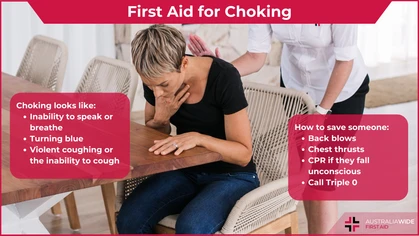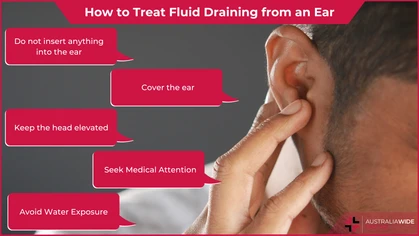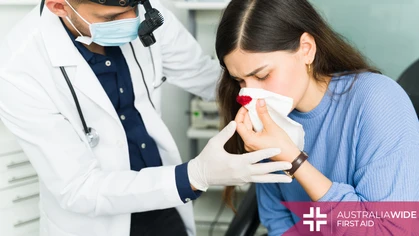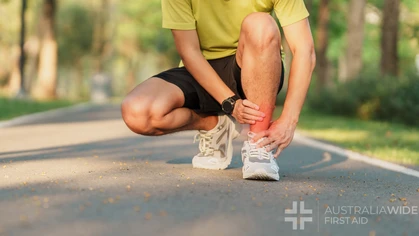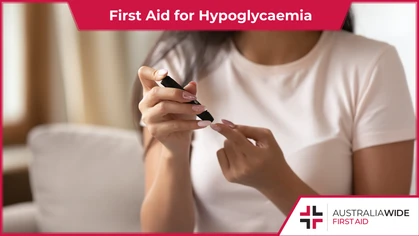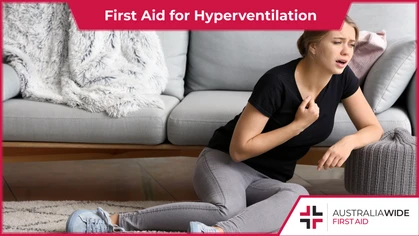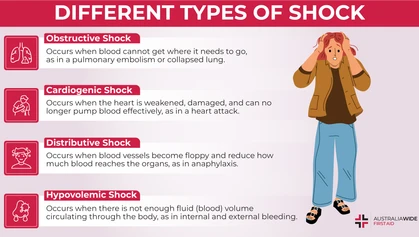First Aid for Angina

How-To
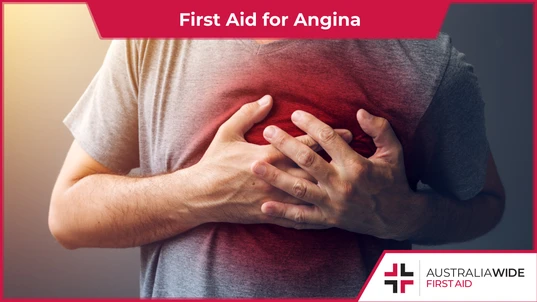
Angina is a tightness, pressure or discomfort in the chest caused by a lack of blood and oxygen to the heart muscle. Angina does not damage the heart muscle, but can be a warning sign for heart attack.
Angina is a temporary chest pain or discomfort that may give a heavy or tight sensation. Angina is caused by a lack of blood and oxygen to the heart muscle. This is usually due to fatty substances clogging the arteries supplying the muscle, and is a form of coronary heart disease. Both angina and heart attacks are major clinical forms of coronary heart disease. Angina results in the pain and discomfort feeling in the chest and unlike a heart attack, it won’t cause permanent damage to the heart muscle. It is estimated that over half a million Australians aged over 18 had coronary heart disease in 2020-21. It is the leading cause of disease and death in Australia. If you are interested in learning more about how to recognise and respond to angina, enrol in one of our first aid courses: Head to our website to find a course near you - we have locations all across Australia.Introduction
Angina is usually a symptom, or a warning sign of coronary heart disease. If the coronary arteries, the arteries supplying blood to the heart muscle, are narrowed or clogged up due to fatty substances, the heart muscle is unable to receive sufficient blood or oxygen. When the heart muscle needs the extra energy to pump, for example in strenuous exercise or emotional stress, angina is most often experienced. If you or someone you know is experiencing such pain, while it may not be immediately life-threatening, it is important to get it checked out by a doctor. Angina can be managed both with medicine and lifestyle changes. The pain in the chest caused by angina is usually described as unpleasant, sharp, and uncomfortable. There are four different types of angina.- Stable angina - usually triggered by exercise or emotional stress
- Unstable angina - lasts longer than stable angina and usually occurs while resting
- Vasoplastic angina - rare and often severe, can happen at rest when spasms cause the arteries supplying the heart muscle to narrow
- Microvascular angina - affects the smallest blood vessels of the heart, is severe, and can last longer than stable angina
Causes
Risk factors that can increase the chance of angina and coronary heart disease include:- Unhealthy eating
- Excessive alcohol consumption
- Physical inactivity
- Smoking
- Stress
- Obesity
- High cholesterol
- High blood pressure
- Diabetes
- Mental health condition (anxiety or depression)
- Family history of coronary heart disease
Symptoms
Angina has similar signs and symptoms to a heart attack. Some casualties do not feel ‘pain’, just an unpleasant sensation or discomfort in the chest. Angina is not constant as blood flow to the heart muscle is usually able to keep up with the heart’s demands. It is only when the heart is under stress and requires more blood to function that angina is experienced. During an angina attack, the casualty may experience:- Pale, cool skin
- Chest pain or discomfort, usually in the centre of the chest, may spread or radiate to the shoulders, neck, jaw and/or arms
- Sweating
- Rapid, irregular or weak pulse
- Shortness of breath
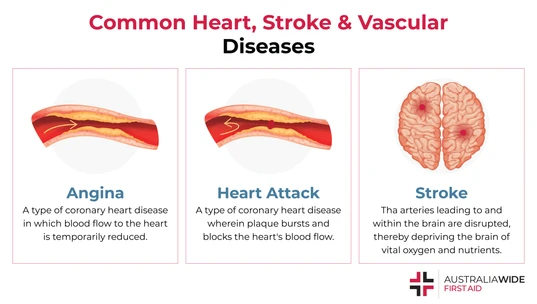
Though angina does not cause lasting damage to the heart muscle, in can be a warning sign for other, more serious coronary heart diseases, including heart attacks.
Complications
As angina does not damage the heart muscle, it comes and goes with only temporary pain and does note cause lasting injury. It should be treated as a warning sign for a heart attack and coronary heart disease, which can be a much more serious condition. Seek medical advice from your doctor for management and treatment.First aid
Angina is usually relieved by rest. When rest does not bring rapid or effective relief, prescribed medication can be used, including those sprayed under the tongue. Treat as if for a heart attack if symptoms are severe, get worse quickly, or last longer than 10 minutes:- Call Triple Zero (000) for an ambulance
- Call for someone to bring an AED
- Follow DRSABCD
- Rest the casualty in a position of comfort, usually sitting
- Assist the casualty to take any prescribed heart medication they have (spray or tablets)
- Provide reassurance
- Stay with casualty and monitor vital signs until ambulance arrives
- The A.R.C recommends giving the casualty 300mg of aspirin, preferably dissolved in water
Prevention
Lifestyle changes, such as a healthy diet, regular exercise and reduced stress, along with prescribed medication can reduce the risk of angina.Final thoughts
Angina is a tightness, pressure or discomfort in the chest caused by a lack of blood and oxygen to the heart muscle. Angina does not damage the heart muscle, but can be a warning sign for coronary heart disease and an increased risk of heart attack. Coronary heart disease is the leading cause of disease and death in Australia. If you are interested in learning more about first aid for angina, enrol in one of our first aid courses: Head to our website to find a course near you - we have locations all across Australia.
Originally published at
https://www.australiawidefirstaid.com.au/resources/first-aid-for-angina
as part of the Australia Wide First Aid Articles Library
